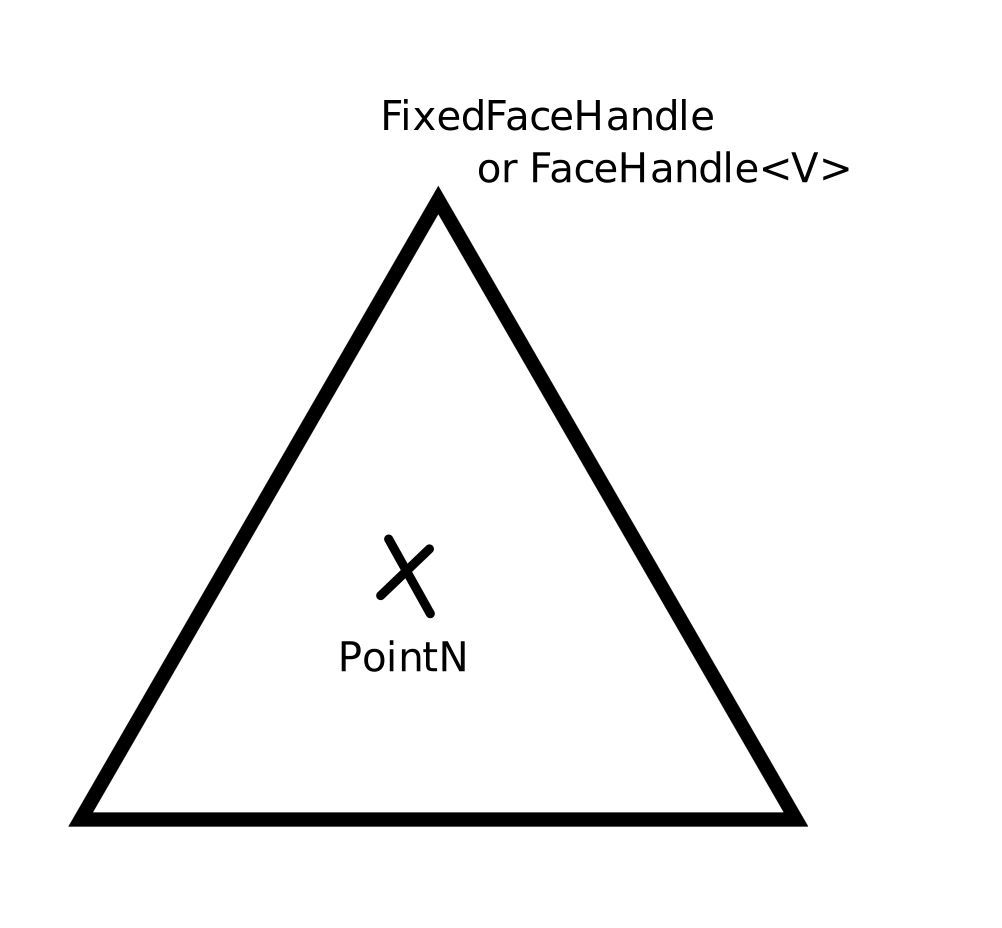Delaunay triangulations for the rust ecosystem.
- 2D Delaunay triangulation, optionally backed by a hierarchy structure for improved nearest neighbor and insertion performance.
- Allows both incremental and bulk loading creation of triangulations
- Support for vertex removal
- 2D constrained Delaunay triangulation (CDT)
- Delaunay refinement
- Uses precise geometric predicates to prevent incorrect geometries due to rounding issues
- Supports extracting the Voronoi diagram
- Natural neighbor interpolation
Project goals, in the order of their importance:
- Robustness - all data structures should behave correctly. An incorrect result, even if triggered only under rare circumstances, is not acceptable. This is why Spade uses a precise calculation kernel by default.
- Easy to use - favor an easy to use API over an API that exposes all bells and whistles.
- Performance - Delaunay triangulations are often a low level component of an application. Optimization in this area pays off greatly.
- Small footprint - Spade should be a sensible library to include in your project that doesn't require too many dependencies. Bigger dependencies will be feature gated when possible.
For Spade 3:
- Possibly API simplification by un-supporting non-f64 outputs.
Refer to the delaunay_compare readme for some benchmarks and a comparison with other crates.
Licensed under either of
- Apache License, Version 2.0, (LICENSE-APACHE or http://www.apache.org/licenses/LICENSE-2.0)
- MIT license (LICENSE-MIT or http://opensource.org/licenses/MIT)
at your option.







